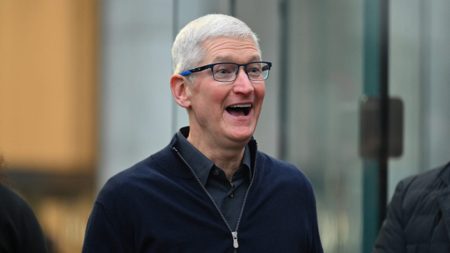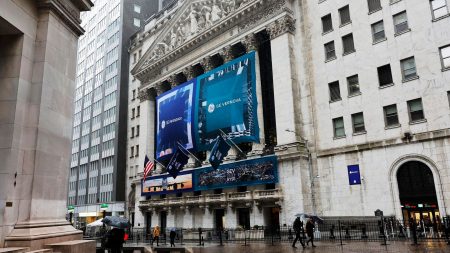When looking for a new job, it may be tempting to let as many people know as possible. However, career experts have differing opinions on LinkedIn’s “open to work” banner, a green sign that appears under a user’s photo if they choose to activate it. Some experts, like former Google recruiter Nolan Church, view the banner as a red flag in a job candidate, believing that the best people are not actively looking for jobs. Others, like former Amazon recruiter Lindsay Mustain, argue that recruiters prefer to be wanted rather than needing someone. This power dynamic can be a turn off for recruiters.
Despite differing opinions from career experts, LinkedIn’s own data shows that the “open to work” banner is popular among users. Introduced during the Covid-19 pandemic in June 2020, the feature allows jobseekers to signal to recruiters that they are looking for work. More than 33 million LinkedIn users currently have the banner activated. While LinkedIn cannot track how many job offers have resulted from the banner, they have found that users are twice as likely to be messaged by recruiters and 20% more likely to receive messages about job openings from the LinkedIn community.
One of the benefits of using the “open to work” banner is that smaller companies without access to the recruiters’ version of LinkedIn can identify potential candidates more easily. Angelina Darrisaw, CEO of C-Suite Coach, found the banner helpful when her company was hiring, as it made the process of finding candidates simpler. She emphasizes that the quality of a candidate should be determined through the interview process rather than simply indicating availability. In the end, cultural fit will play a significant role in how employers view the banner, with some finding it useful and others potentially turned off by it.
Regardless of whether the “open to work” banner is activated, the most important aspect of a LinkedIn profile is its content. A well-developed profile that highlights previous and current job titles, accomplishments, relevant keywords, featured links to work samples, and industry engagement will be more attractive to recruiters. Career coach Phoebe Gavin stresses that even with the banner activated, if the profile is lacking in substance, recruiters will not find it useful. Therefore, the focus should be on creating a comprehensive and engaging profile to attract potential job opportunities.
Overall, the decision to activate the “open to work” banner on LinkedIn ultimately depends on individual preferences and the specific industry culture. While some users may find it beneficial in attracting job opportunities, others may find it off-putting. It is important to consider how the banner aligns with personal career goals and the desired company culture. In the end, a well-crafted LinkedIn profile with relevant information and engagement will have a greater impact on job search success than simply activating the banner.















